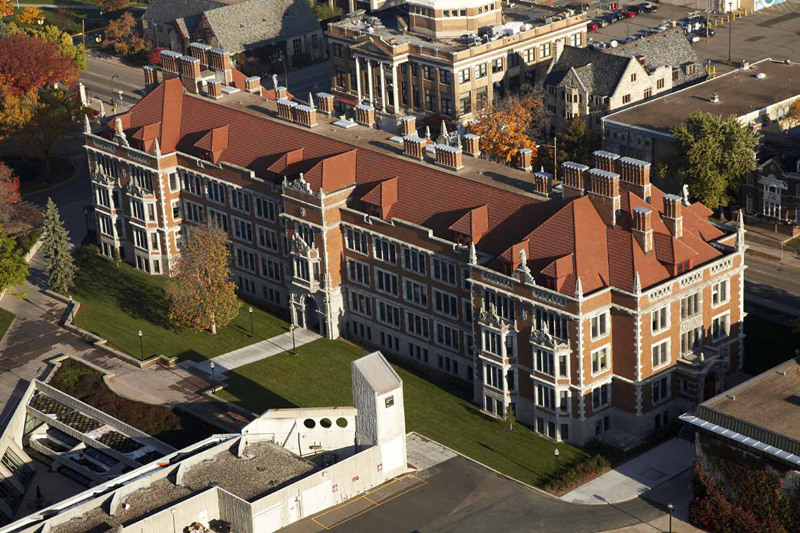This 2014 report is titled “Economic Impact of Projects Leveraged by the Minnesota Historic Rehabilitation Tax Credit in Fiscal Year 2013“.
It shows that, in 2013, the economic impact of the state’s Historic Rehabilitation Tax Credit was estimated at $138.8 million. $46.5 million was injected into the labor market, spurring 1200 jobs in Minnesota.
In April 2010, the Minnesota State Legislature passed and the Governor signed legislation creating the Minnesota Historic Rehabilitation Tax Credit. Eligible property owners can receive a state income tax credit of up to 20 percent of qualifying rehabilitation expenses or a grant in lieu of the credit.
- Direct Impact: From July 1, 2012 to June 30, 2013, 15 projects received preliminary approval for the credit, had begun renovation projects, and were included in this study. The 15 projects receiving preliminary approval for the credit in FY 2013 estimate spending $72.7 million dollars on local, qualifying rehabilitation expenses. The project developers anticipate hiring 785 construction workers. They will pay an estimated $23.1 million to their employees.
- Economic Impact: The total economic impact of projects leveraged by the FY 2013 Minnesota Historic Rehabilitation Tax Credit is an estimated $138.8 million. This includes $46.5 million in labor income. Projects spurred by the credit support 1,200 jobs.
- Tax Credit: Provided the projects are completed as planned and meet the requirements of the program, an estimated $16.0 million will be awarded by the Minnesota Historic Rehabilitation Tax Credit to leverage these projects. Therefore, for every state dollar of tax credit or grant allowed, $8.68 in economic activity is generated in Minnesota.
- Benefiting Industries: Minnesota’s construction industry benefited most significantly from the rehabilitation projects. Other construction-related industries also benefited. These include the wholesale trade industry, the housing market and the architectural and engineering industry. Finally, wages earned by construction workers spurred additional economic activity in the food service and beverage industry and the health care industry.
- Impacts in Previous Years: In the three years of the Minnesota Historic Rehabilitation Tax Credit, the tax credit has generated an estimated $1.1 billion in output in the state’s economy, 7,582 jobs, and $370.7 million in labor income. Projects receiving Part II approval from NPS in fiscal years 2011, 2012, and 2013 requested credits and grants totaling $134.5 million. Therefore, for every state dollar of tax credit or grant allowed in the past three years, $8.38 in economic activity was generated in Minnesota. It is important to note that credits and grants in lieu of credit will be claimed over several years, as projects are completed.

